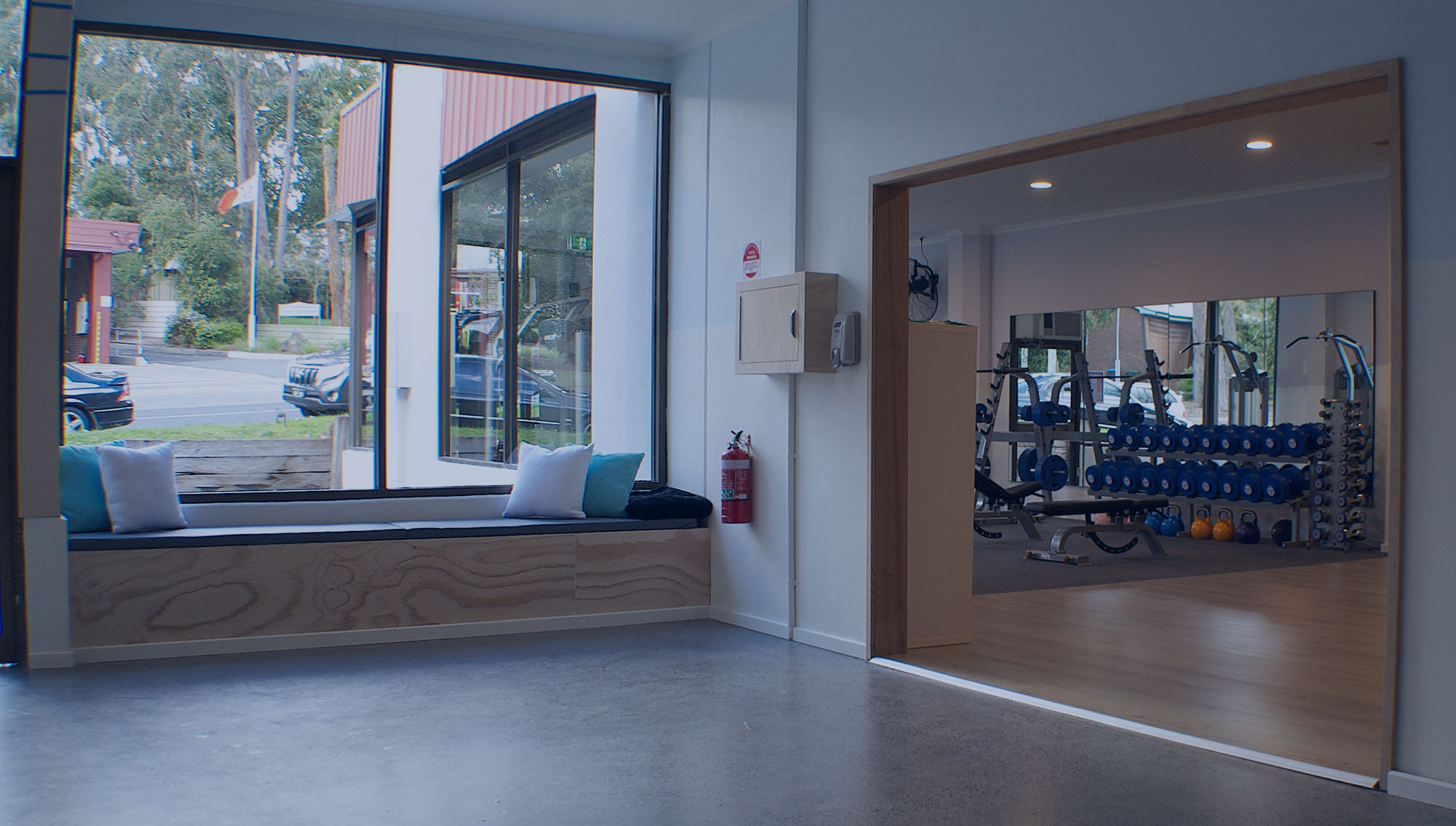13 May How water impacts our bodies
How water impacts our bodies
Written by Elissa Robbins (Myotherapist)
Water plays a significant role in our everyday lives and without it we are unable to survive. It is essential for our function (physically, mentally and emotionally) to constantly be consuming and replenishing water within the human body.
The amount of water we must consume varies depending a number of factors including:
- Age
- Gender
- Climate
- Diet
- Physical activity level
Research has shown that 50-70% of our body is water. With all these factors in mind, the recommended average amount of water intake per day is 1.5-2 litres.
The benefits of drinking water as shown by the Harvard health.edu 1
- Carrying nutrients and oxygen to your cells
- Flushing bacteria from your bladder
- Aiding in digestion
- Preventing constipation
- Normalizing blood pressure
- Stabilizing the heartbeat
- Cushioning joints
- Protecting organs and tissues
- Regulating body temperature
- Maintaining electrolyte (sodium) balance
Signs that our body needs water include thirst, dry mouth and sluggishness. Thirst is one of the bodies ways of signalling that you are dehydrated. The body must prioritize the vital organs over other areas that also require water, which can create stress within our system. Due to the high amounts of stressors already being placed upon us in our daily lives, one way we can help our bodies is to drink the required amount of water to allow our system to function properly.
Fascia & water
Water also plays a key role in keeping the bodies fascia hydrated. If fascia becomes dehydrated it can thicken leading to potential adhesions which creates a stiffness feeling. Once this occurs no amount of water will allow the adhesions to release. The thickened fascia needs to be moved and stretched to return to its natural form.
One way to improve this is by seeing a Myotherapist who can specifically target the fascia. Through the various professional development course that I have completed, I have been trained to identify and specifically target the adhesions within the fascial network. A variety of techniques are used to mobilise the tissue and restore it to optimal function. Enabling an increase in water absorption within the fascia.
Self-mobilisation with mobility balls can further assist the fascial release process after treatment. For more information you can see our previous blog titled “mobility what is it?”
For further information or to book a Myotherapy appointment please call 9762 0976 or email Elissa at [email protected].
References:
1https://www.health.harvard.edu/staying-healthy/how-much-water-should-you-drink
https://www.ncbi.nlm.nih.gov/pmc/articles/PMC2908954/


Sorry, the comment form is closed at this time.